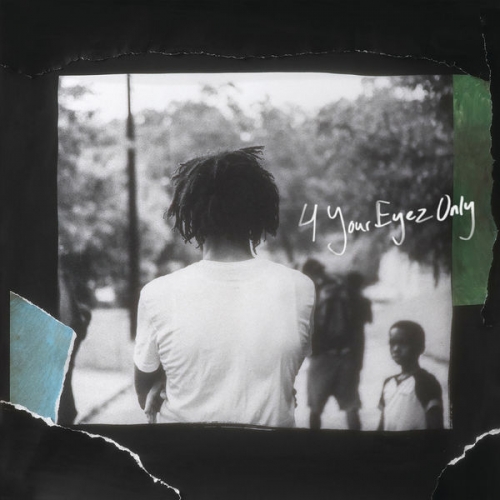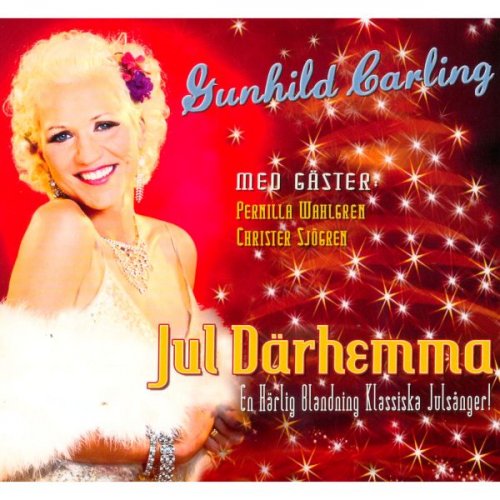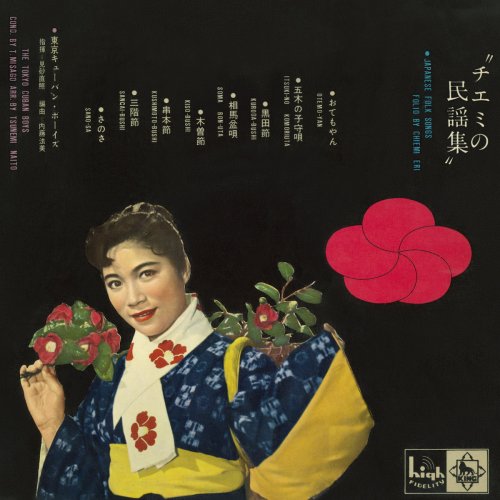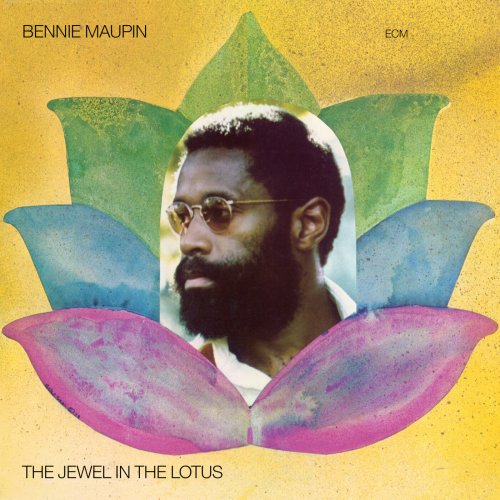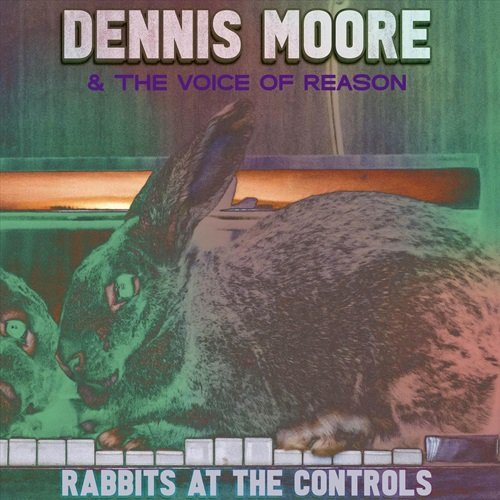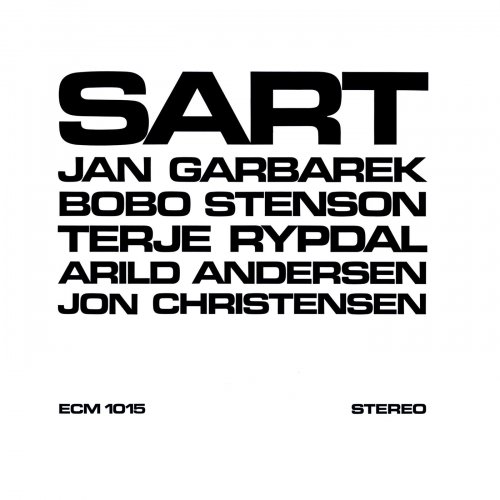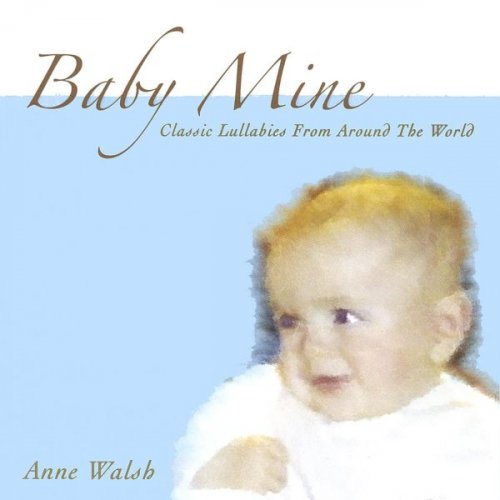01. Bloodsucking Leeches 4:12
02. Country House Shuffle 4:08
03. Assembly Line 3:54
04. Hereafter 7:58
05. Justice for All 9:19
06. Busybodies 2:47
07. Kat Food 5:33
08. Sleeveless In Seattle 4:27
09. Brick Chicken 7:02
01. Dance of the Maya 8:37
02. The Bash 7:24
03. Cruise Control 9:42
04. Odd Man Out 3:30
05. Ionized 3:58
06. Take It Off the Top 4:50
Steve Morse:
Steve Morse has enjoyed a healthy following particularly among guitar players, he has scored highly in readers' polls held annually by musicians' magazines. Although initially inspired by the Beatles as a teen, Morse began to expand his listening to include the Yardbirds, Jimi Hendrix, and Led Zeppelin. Although he played a little piano and some clarinet, he became fascinated with guitar after seeing a concert by classical guitarist Juan Mercadal, who later gave the teenaged Morse some lessons. Deeply influenced by a campus performance by John McLaughlin's Mahavishnu Orchestra while he was attending the University of Miami, Morse decided to focus on instrumental rock music; in 1974 he put together his first band, the Dixie Dregs (later simply the Dregs), which would go on to become one of the defining groups in the fusion genre. After Morse had fronted the Dregs on some 14 albums, the Steve Morse Band began their recording career in 1984. Soon after, Elektra Records snatched Morse up and he cut two albums for the label, The Introduction in 1984 and Stand Up in 1985, before joining Kansas and appearing on two of the arena prog band's albums for the MCA label, Power (1986) and In the Spirit of Things (1988).
Morse then signed to MCA as a solo artist, and in the late '80s and early '90s his albums for the label included High Tension Wires (1989), Southern Steel (1991), and Coast to Coast (1992). After leaving MCA in 1992, Morse recorded two excellent albums for Windham Hill/BMG Records, Structural Damage (1995) and StressFest (1996), and in 1994 he joined Deep Purple as a replacement for Ritchie Blackmore, appearing on a number of the hard-rocking metallers' live albums as well as four studio-recorded long-players over the course of nearly a decade: Purpendicular (1996), Abandon (1998), Bananas (2003), and Rapture of the Deep (2005). Meanwhile, in 2003 Morse joined the supergroup Living Loud, also featuring vocalist Jimmy Barnes (INXS, Cold Chisel) and Ozzy Osbourne bassist Bob Daisley and drummer Lee Kerslake; the band released its eponymous debut full-length in 2003 and, following the addition of Deep Purple keyboardist Don Airey to the lineup, the CD Live in Sydney 2004 (2005) and companion DVD Debut Live Concert: Sydney Fox Studios, 2004 (2006). The Steve Morse Band's Out Standing in Their Field arrived in 2009, and the following year saw the release of Angelfire, a collaboration between Morse and singer/songwriter Sarah Spencer. ~ Richard Skelly
Dixie Dregs:
One of the top jazz-rock fusion ensembles ever, Dixie Dregs combined virtuoso technique with eclecticism and a sense of humor and spirit too frequently lacking in similar projects. Guitarist Steve Morse and bassist Andy West played together as high-school students in Augusta, Georgia, in a conventional rock band called Dixie Grit. When Morse was expelled from school for refusing to cut his hair, he enrolled at the University of Miami School of Music, where he met violinist Allen Sloan, who had played with the Miami Philharmonic, and drummer Rod Morgenstein. The three decided to form a band, and Morse convinced West to come to Miami and join. Dixie Dregs completed their lineup with keyboardist Steve Davidowski. Their first album, The Great Spectacular, was recorded for a class project in 1975 and later released by the band (it is long out of print). Following graduation, the quintet began playing live around the South and got their break after opening for Sea Level on 1976, when a representative from Capricorn Records was impressed enough to sign the band. Mark Parrish, a former member of Dixie Grit, replaced Davidowski for their official debut, 1977's Free Fall.
Their follow-up, What If, proved to be one of their most artistically successful albums, and Dixie Dregs played at the 1978 Montreux Jazz Festival with T Lavitz replacing Parrish. Half of Night of the Living Dregs contains excerpts from that concert. The band shortened their name to the Dregs for 1981's Unsung Heroes, and added both vocalists and three-time national fiddling champ Mark O'Connor, whose old-timey playing style added another dimension to the group's sound, for Industry Standard. The Dregs then disbanded; the highly respected Morse formed his own band and recorded several albums, later joining Kansas from 1986 to 1988, while Morgenstein hooked up with pop-metallists Winger.
Dixie Dregs reunited briefly in 1988 for a series of live dates, but a full-fledged reunion didn't take place until 1992, with Morse, Lavitz, Morgenstein, and Dave LaRue of the Steve Morse Band in West's place. Allen Sloan rejoined only briefly, with his position then filled by ex-Mahavishnu Orchestra member Jerry Goodman. Bring 'Em Back Alive was culled from the group's tour, and 1994's Full Circle was also well received. California Screamin' followed in early 2000. ~ Steve Huey
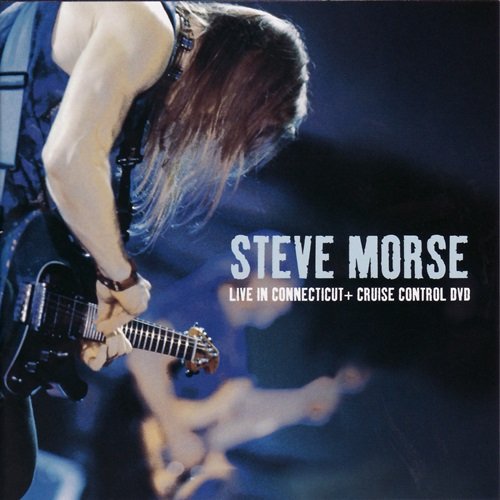

![Albert Cirera - Orangina (2025) [Hi-Res] Albert Cirera - Orangina (2025) [Hi-Res]](https://www.dibpic.com/uploads/posts/2025-12/1765171349_pn8kxe508f1tc_600.jpg)
